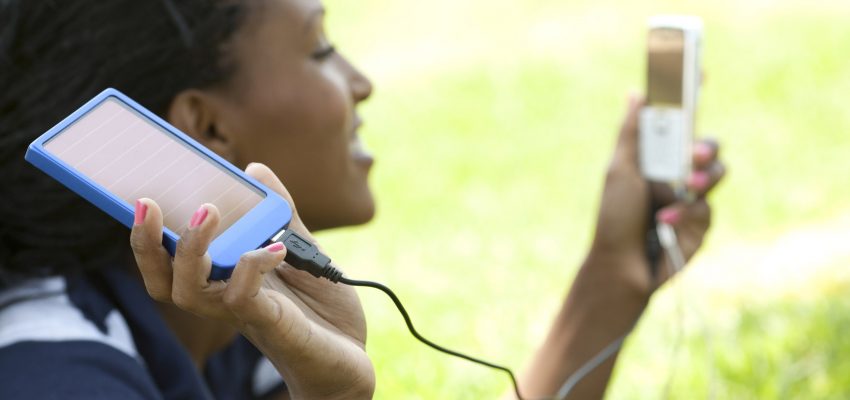These days, many campers, hikers, backpackers and other adventurers carry their smartphones, GPS and other gadgets to face the challenges of the great outdoors. Find the best solar phone charger to fuel your fun with this handy gear review.
Why a solar phone charger?
It’s great for emergency situations. If you should find yourself in a SHTF situation, you will be able to charge your phone and call for help.
- As far as green power sources go, you can’t go wrong with harnessing the power of the sun. Of course, solar energy is free and you can use your solar charger not just for outdoor applications but for lowering your household electrical bills as well.
Types of solar panels that can work with a charger
- CIGS – stands for copper, indium, gallium and selenide; this is a flexible panel that’s cheaper to manufacture and is lightweight. This type of solar charger is quite efficient even when there’s cloudy weather. Its main drawback is that it’s not that durable and is prone to delaminate or degrade over time.
- Monocrystalline – these are built to last. This is considered the most traditional type of solar panel. One drawback is that it’s too rigid and lacks flexibility.
- Polycrystalline – this type of panel is made from numerous silicon crystals (as opposed to monocrystalline that is made of a single crystal ingot). In terms of efficiency, monocrystalline is better than polycrystalline. This type of solar charger is great if you want a more affordable option.
- Integrated battery – this type is not the best option if you are going away for a long time. Integrated battery types can’t charge more than two devices at once and are only advised when you’re camping in a place with plenty of sunlight.
- Folding panel and battery – if you will be out for four or more days, a folding panel will likely serve you better than an integrated battery.
Connections
If you are using multiple devices that need to be charged, it goes without saying that you should get a solar charger with multiple USB ports. There are even chargers that feature a USB port with higher amperage for power-hungry devices.
Ease of use
One of the most important features that you should look for in a solar charger is what the industry calls “auto-restart technology.” Some chargers will stop charging whenever a person or clouds block the sun, and will not resume charging until you unplug and plug it back in. That’s a deal breaker for many. Look for a solar charger that features auto-restart functionality.
Need a little good karma? ‘Like’ our Facebook page and get more good vibes than you can shake a sharp stick at.




